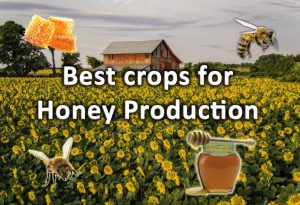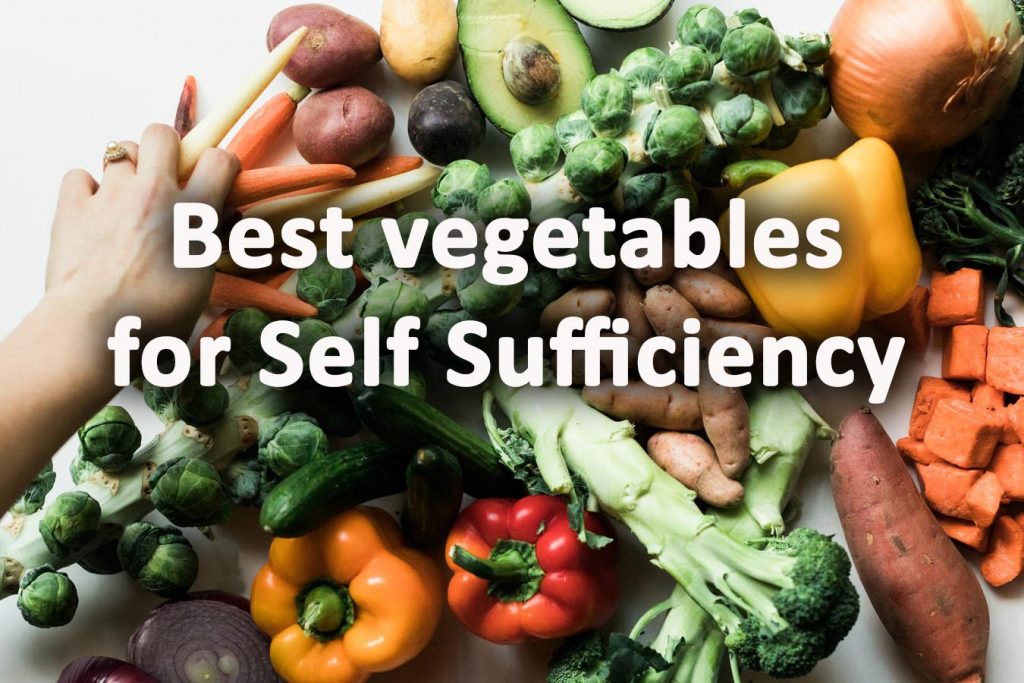Becoming completely separate from the grid and a system which is destroying the planet is a noble pursuit indeed. Most people today like the idea of being ‘green’ but the majority don’t even know what this actually entails in real terms.
Becoming self sufficient is not about what electric car you drive or recycling your rubbish. Such pursuits are merely scratching the surface and ones which are actually supported by unsustainable fossil fuels.
To be truly self sustained in ecological equilibrium you must, very simply, grow your own food. That’s it! Nothing fancy, roll your sleeves up and start working the land and work with nature as much as possible.
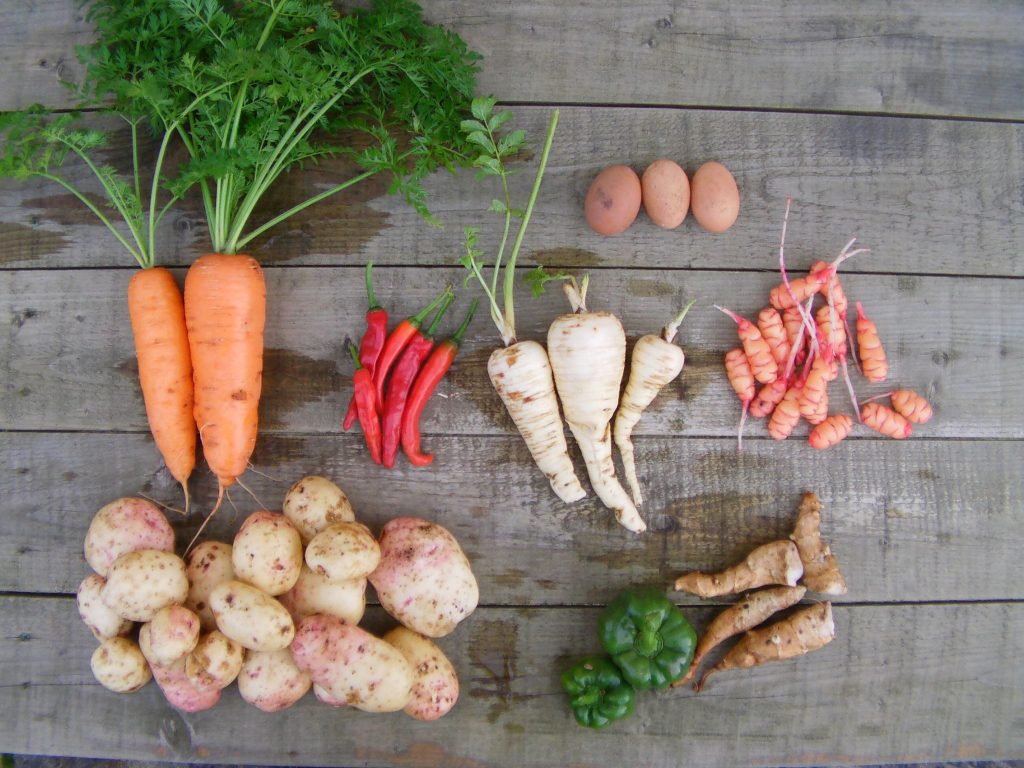
Having a diet 90 percent plant based is not only good for the planet it is also very good for your health. Investigations of self sufficient farming villages around the world have indeed supported this fact.
The regions of the world where people consistently live longer, happier lives are in self sufficient situations. A perfect example of this is are rural communities such as Ikaria in Greece and Okinawa in Japan. Not only is their vitality due to a good diet but the robust physical activity of organic vegetable growing.
To become self sufficient and live a healthy lifestyle you must know your vegetables! How to propagate them, grow them, harvest and store them for winter use. This will provide you the keys to a more ethical, sustainable, healthy and happy existence. Consequently we have put together a list of the top 31 vegetables for self sufficiency in this article.
1. Turnips
Turnips are a wholesome vegetable and a member of the cabbage family. Traditionally grown for its thick, circular root turnips also have cabbage like leaves which are also edible. The roots are delicious roasted or boiled up in stews, curries and casseroles. Turnips can also be sowed later in the season for a winter or spring crop. They can be easily stored over the winter in damp sand.
2. Chillies
Chillies are not to everyone’s taste as some people find them too hot to eat. However if you are familiar with the types of chillies you grow you can make this just a ‘slight warmth’. This can lift Bolognese sauces, pizza and pasta sauces in such a pleasant way. For the self sufficient homesteader Chillies have anti-microbial and anti bacterial properties. This can make them effective in storing and preserving food in leaner months. These are best grown under glass for best results.
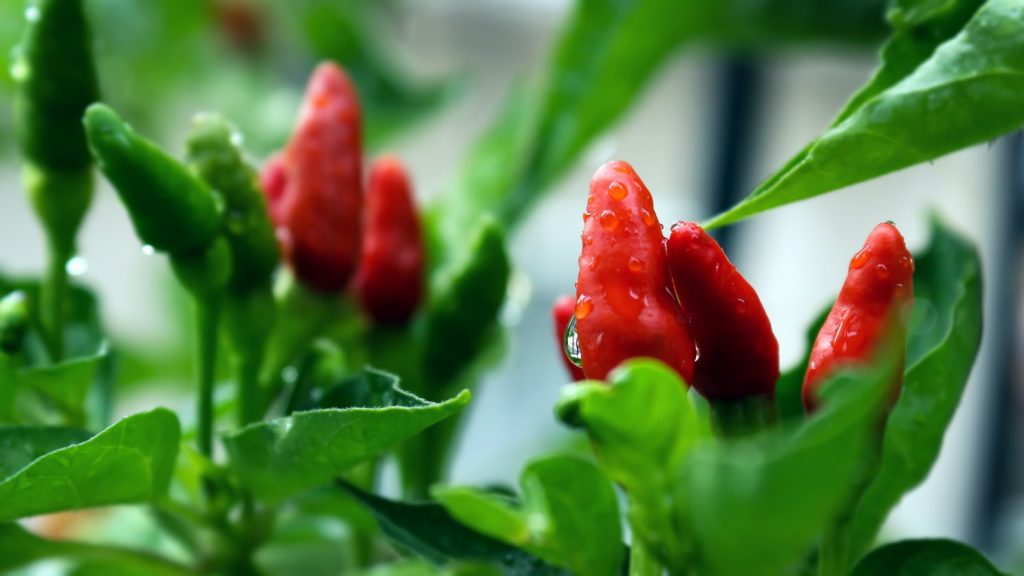
3. Radicchio
Radicchio is a late, season vegetable typically harvested during the winter months. It is not as selectively bred as things like cabbage and still has characteristics of a wild crop. It is said to be a perennial but if grown into the following season can become tall and woody. This vegetable can go deep red in winter and has a bitter taste which works well with pasta.
4. Mushrooms
If you want a diverse vegetable very well suited to self sufficient homesteading, its mushrooms. You can either grow typical supermarket buttons or chestnuts on straw or inoculate logs. All mushrooms can be a little hit and miss but if you get them right can be very productive. Mushrooms can be grown in complete shade and are easily dried for winter use.
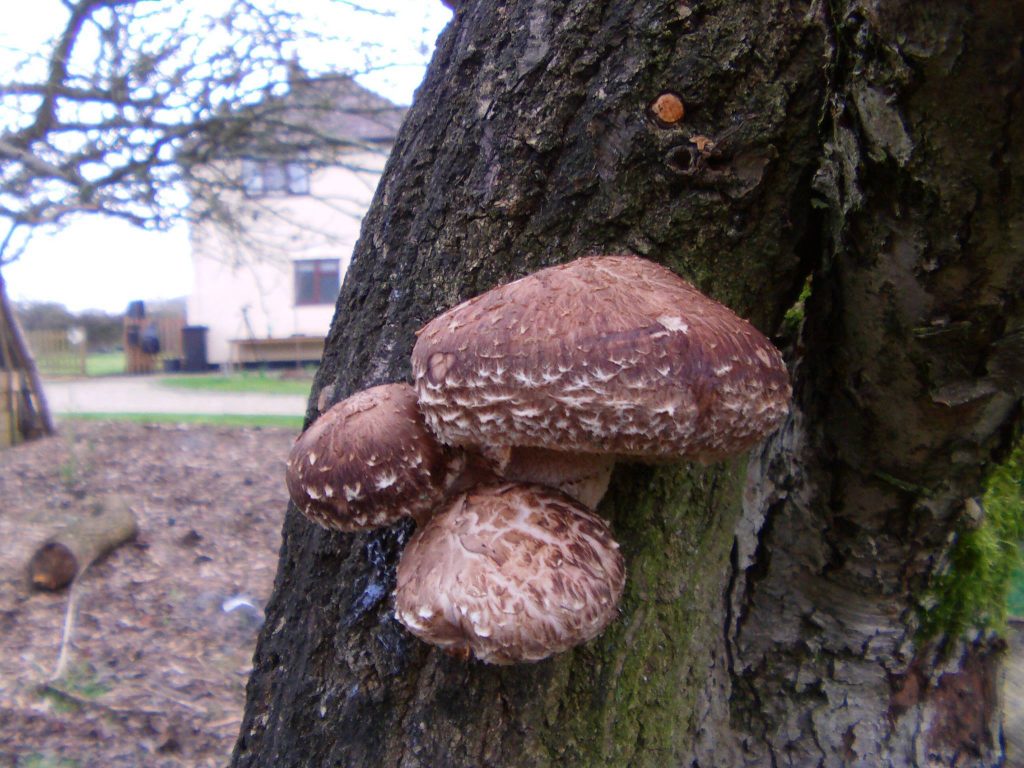
5. Oca
This little known vegetable is grown for its small tubers which are packed with carbohydrate. Originally from South America Oca, unlike potatoes rarely suffers from pests and diseases. The foliage of the plant is also edible and has a lemony taste. The plant can be grown in flower borders and lifted for an emergency food in hard times.
6. Squash
Squash come in a wide variety of types and varieties. Summer squash are the Courgettes and Marrows which are harvested during the growing season. Winter squashes are the varieties harvested in the winter like Pumpkins and butternut squash. These are perfect for self sufficient homesteaders as they can store all winter long. This means they are perfect for getting through tough winters when there is little else around to consume.
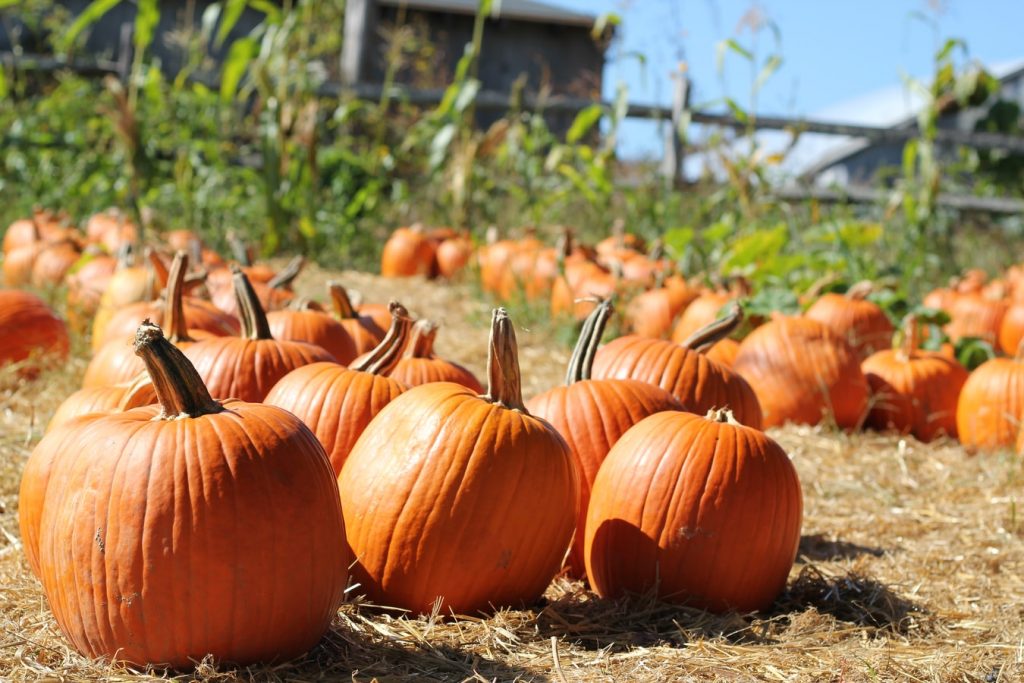
7. Chinese yam
This is a cold weather yam from the forests of china and can produce a thick, tuberous vegetable. This less well known vegetable is beneficial for self sufficiency as it can grow up fruit trees. As long as it is provided with an undisturbed, deep, growing medium and a sunny site it will produce well. These vines also look very ornamental with deep, purple flowers.
8. Potato
There is a good reason potatoes have become a staple carbohydrate source across the planet. These versatile crops are fast to produce and can provide multiple harvests throughout the season. These can then be lifted and stored throughout the winter months. Becoming too reliant on these however can be problematic as crops can be lost to disease.
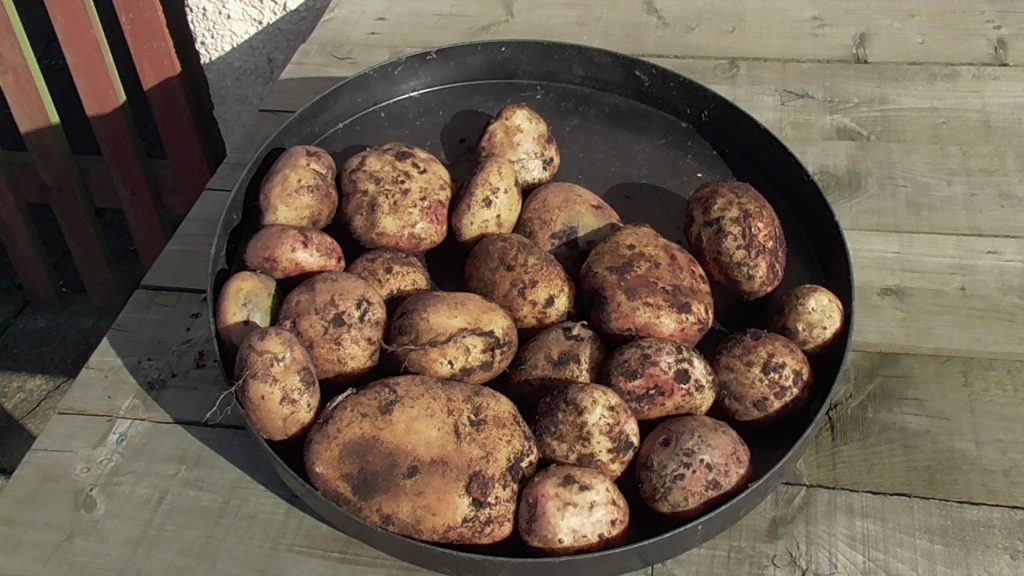
9. Turkish rocket
Turkish rocket is a robust, wild perennial which is also a hardy vegetable. This wild plant is originally from the South-eastern Mediterranean and is related to the cabbage family. It puts down deep roots which makes it very drought resistant and perfect for disused waste ground. This makes it perfect for self sufficiency and provides leafy greens as well as a broccoli crop just before flowering.
10. Cardoon
Cardoons are very similar to globe artichokes but have been selectively bred for larger stems and smaller seed heads. This is so the large leaf stems can be wrapped up and blanched in a similar way to celery. The blanched stems are larger than celery and have a soft, artichoke flavour. These can be roasted or stewed down into numerous dishes. Cardoons are perennial vegetables with extremely log tap roots; this gives them great tolerance to drought. They readily divide at the base allowing you to divide up your stock and are virtually no work at all.
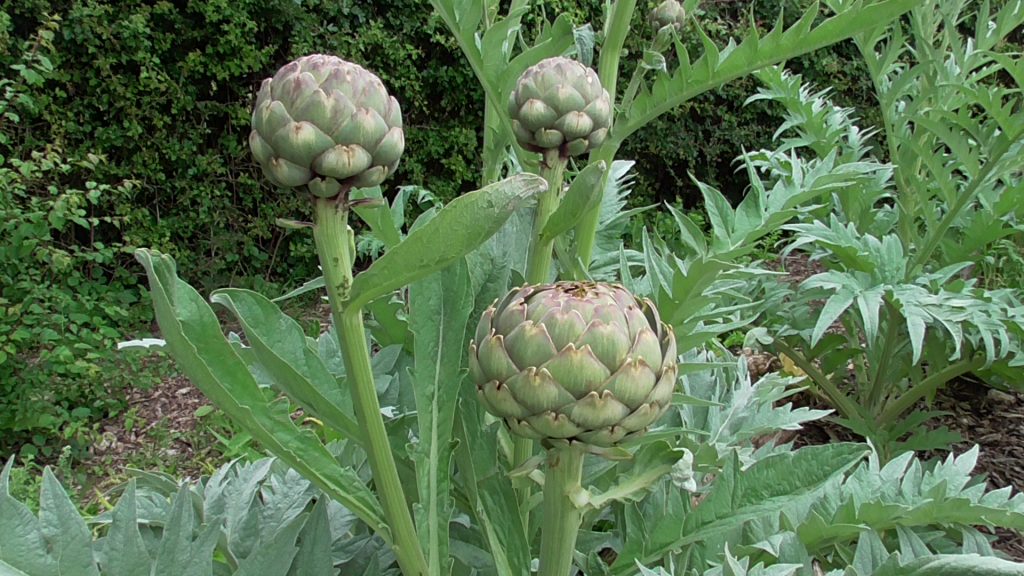
11. Taro root
Taro root is a tropical, perennial root vegetable and thought to be one of the earliest crops in cultivation. It is typically grown for its tuberous tem or ‘corm’ which can be used in stews and other dishes. This can be grown in greenhouse and can also be grown as a house plant in a large pot.
12. Sweet potato
Sweet potato is a delightful crop enjoyed by millions; it has a sweet taste and is very versatile. Being a starchy vegetable it can be very useful for self sufficiency. This is particularly so in the winter when it can be stored. This tropical tuber is best grown in a polytunnel with a deep substrate for good success.
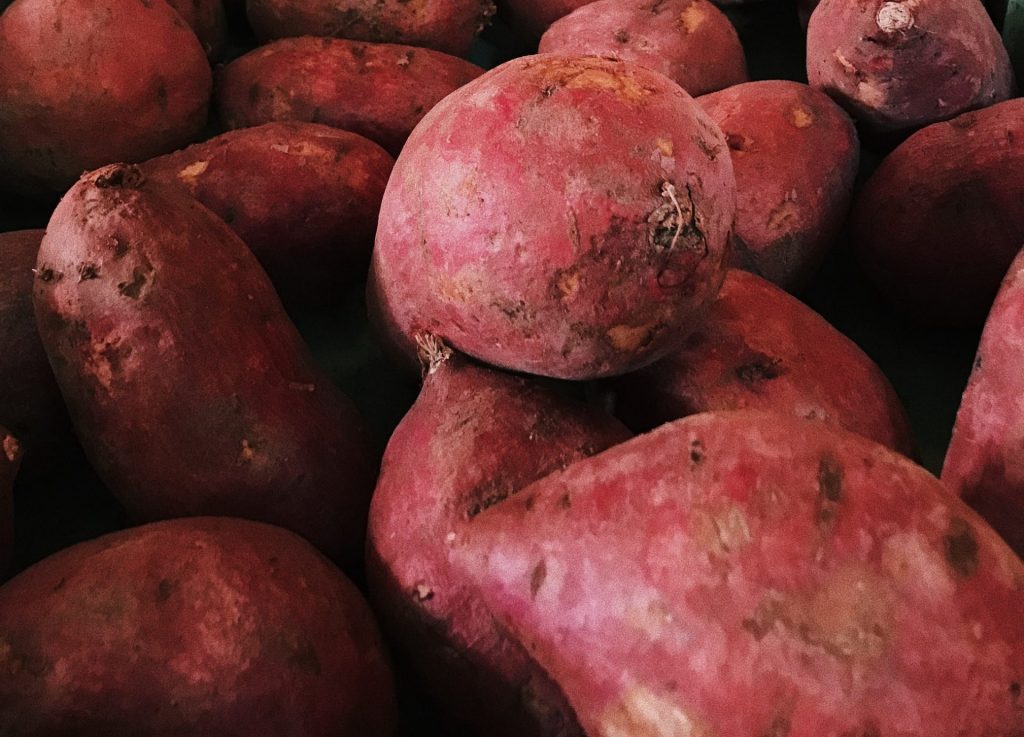
13. Daikon
This long rooted vegetable grows very much as a carrot and looks like a very long, smooth parsnip. It is to the contrary more like a radish in texture and flavour. This root vegetable is good and rooting deeply seeking out nutrients and breaking up compacted ground. Popular in China, Japan and India Daikon can be used in pickles, salads or for stir fry’s. Its ability to store well makes it a great vegetable for self sufficient homesteading.
14. Jerusalem artichoke
Jerusalem artichoke is a vegetable which was a staple carbohydrate before potatoes came from the new world. These are very closely related to sunflowers and do look quite similar to sunflowers. These are however a perennial and not an annual. The tubers of this crop can be harvested every late fall and can be cooked or eaten raw. These can remain in the ground for many years making them a great survival food.
15. Kale
Kale is a very cold hardy vegetable and highly favoured for self sufficiency. Typically started off in spring it will grow all summer and produce greens all winter long. In early spring kales starts to reshoot and these shoots can be eaten fresh. This provides something to eat during the ‘hungry gap’ when there is not much else to harvest.
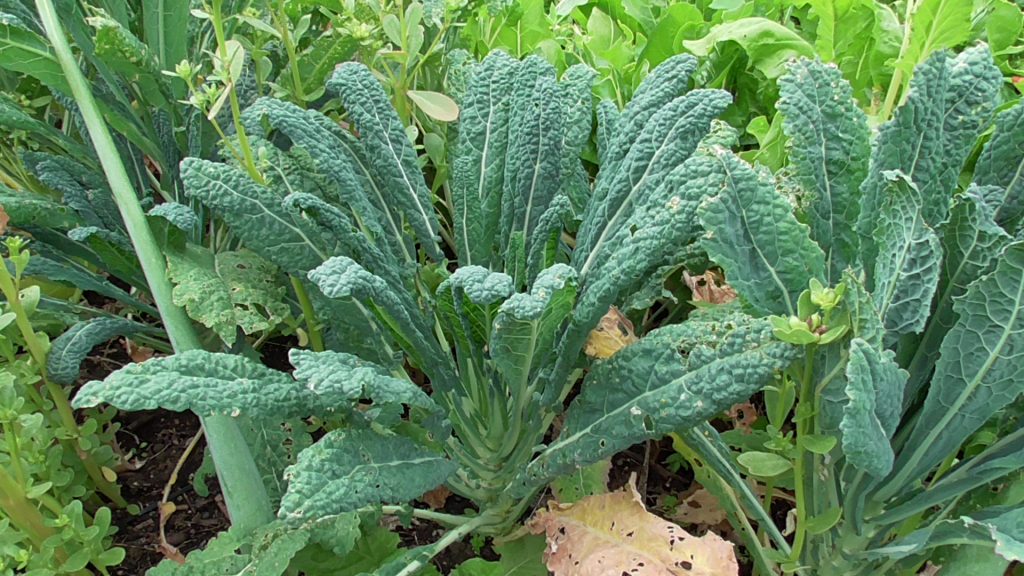
16. Cabbage
Cabbage has become one of the world’s favourite crops, it can be shredded into salads, sizzled in stir-fry’s or stewed in stews and curries. Cabbage can also be sowed throughout the season and timed to crop throughout the year. Its ability to put up with cold conditions makes it a useful vegetable for self sufficiency in cooler regions.
17. Rhubarb
Rhubarb is a perennial vegetable which instantly makes it popular in a self sufficient situation. The second bonus is its extremely cold hardy as it originates from ‘The Russian Far East’. Rhubarb quickly shoots up in early spring providing a tasty treat. This perennial vegetable is typically used in desert dishes such as crumbles.
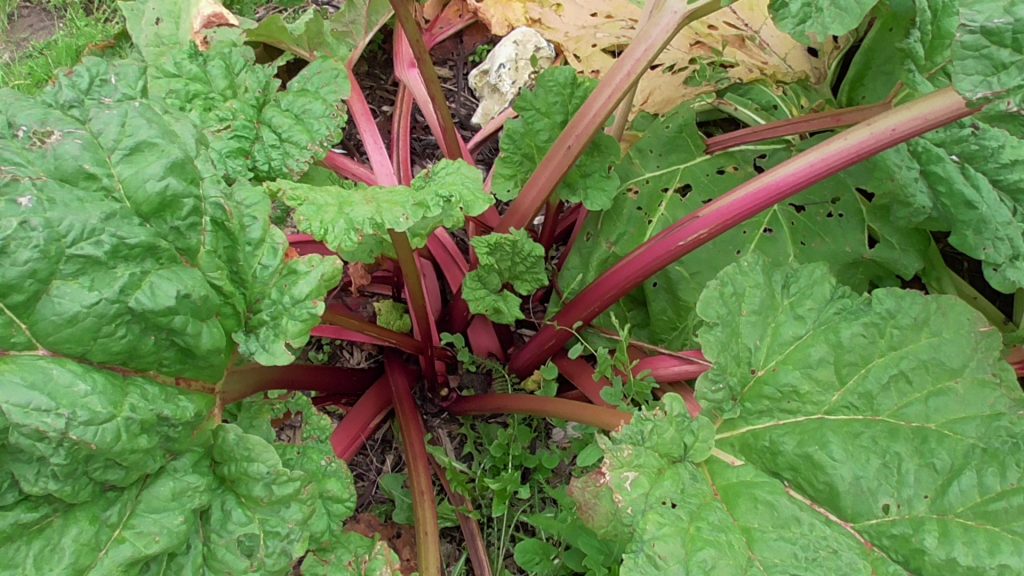
18. Leek
Leeks are another extremely cold hardy vegetable which makes them perfect for the winter kitchen. Started off in spring, young leeks put on size during the summer and can be harvested from autumn all the way until the following spring. There are probably very few who are into self sufficiency that do not have a large winter patch of leeks.
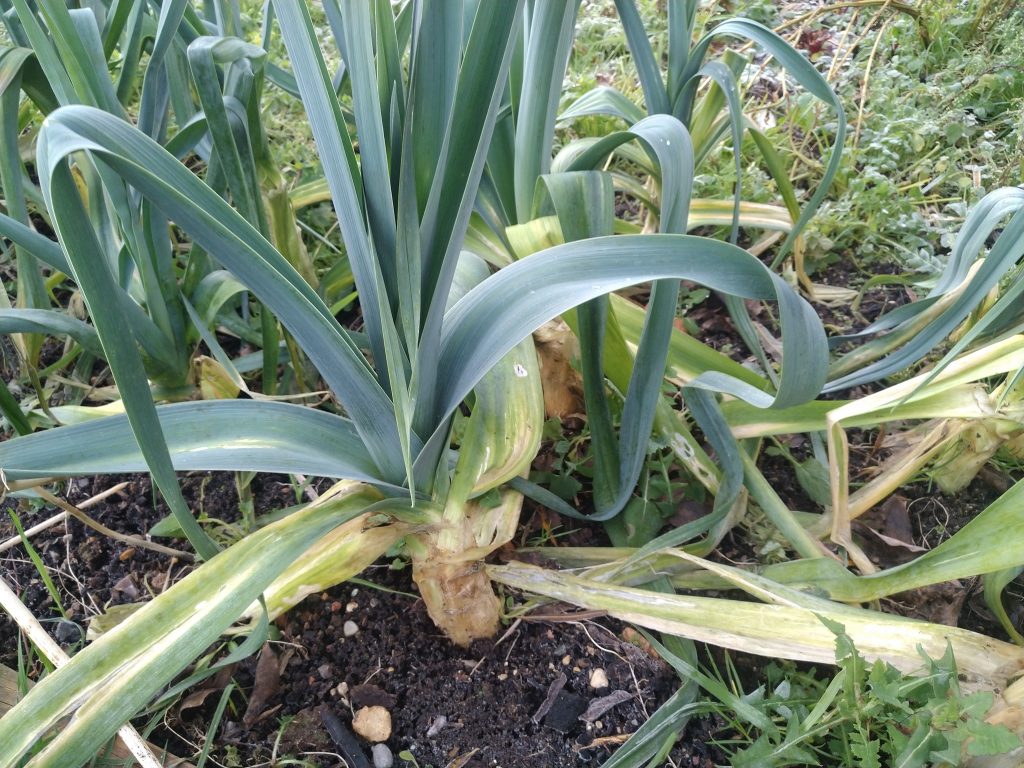
19. Carrot
Carrots are an extremely well known root vegetable and for good reason. They are relatively easy to grow, do not need excessively, fertile soil and are both versatile and delicious. Carrots can be germinated in succession to ensure a steady supply throughout the season. In autumn these can be lifted and stored in cold sand until spring time.
20. Parsnips
Like carrots, parsnips are a root vegetable that gains in size over the summer to produce large roots in winter. This makes them a great way to secure an abundant food source during the winter. Parsnips are very hardy and like leeks can be left in the soil all winter to be harvested at will until spring.
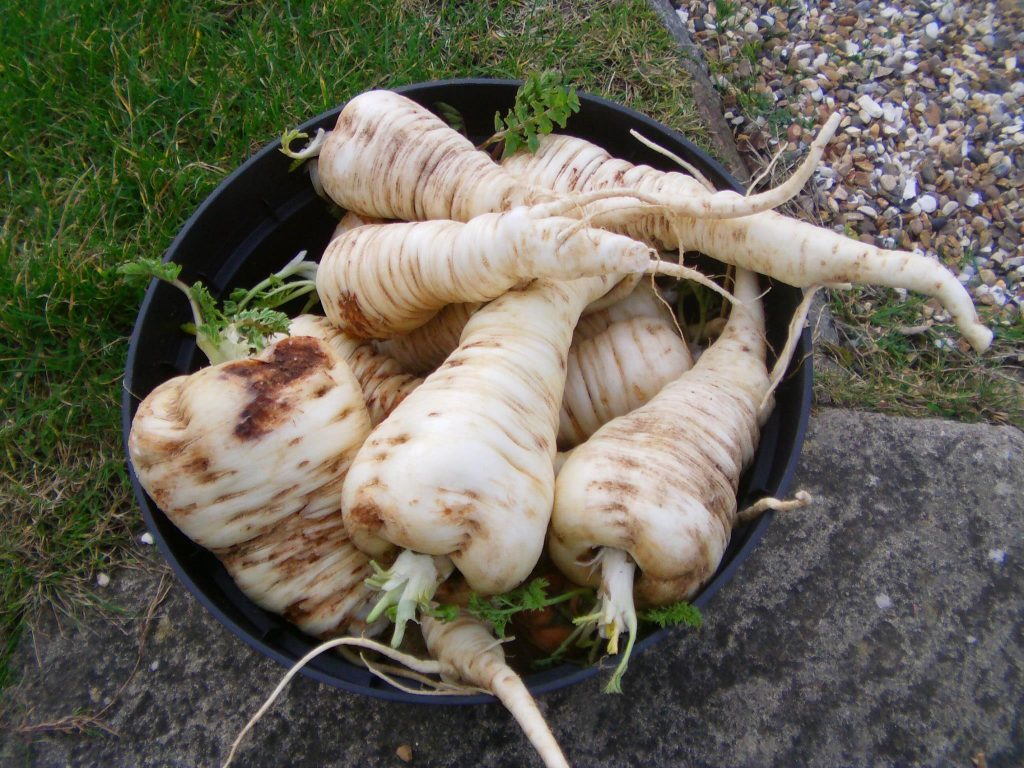
21. Fiddleheads
Fiddlehead ferns or ‘Ostrich ferns’ are not usually thought of as a vegetable in a traditional sense. They are a perfect way however to obtain a crop from forested environments. This hardy fern typical of temperate forests makes a great asparagus crop during the springtime. These perennial vegetables can also be naturalised in dense food orchards, food forests or permaculture systems.
22. Salsify
This very hardy plant is native to Europe and harvested for its long taproot. This root vegetable is very wild in nature and can be grow in meadow situations or the flower border. Salsify also has very beautiful, purple flowers which are also edible. It prefers full sun and a deep free draining soil.
23. Mashua
Mashua is a close relative of the annual nasturtium we grow in our gardens during the summer months. However Mashua is a perennial vegetable grown for its small potato like tubers. This climbing vine is a native to the temperate regions of South America. The foliage and flowers are extremely attractive and it also provides edible tubers for the autumn. These can be stored and eaten throughout winter.
24. Lettuce
Lettuce is an extremely favoured crop particularly in summertime when it is readily enjoyed in salads. However with its love of cool environments with some planning, lettuce can be enjoyed all year. With successional sowings every fortnight during the season you can have a continuous supply! If you have a polytunnel or greenhouse lettuce can be pretty much grown all year round. This makes it an extremely attractive vegetable for self sufficiency and hometeading.
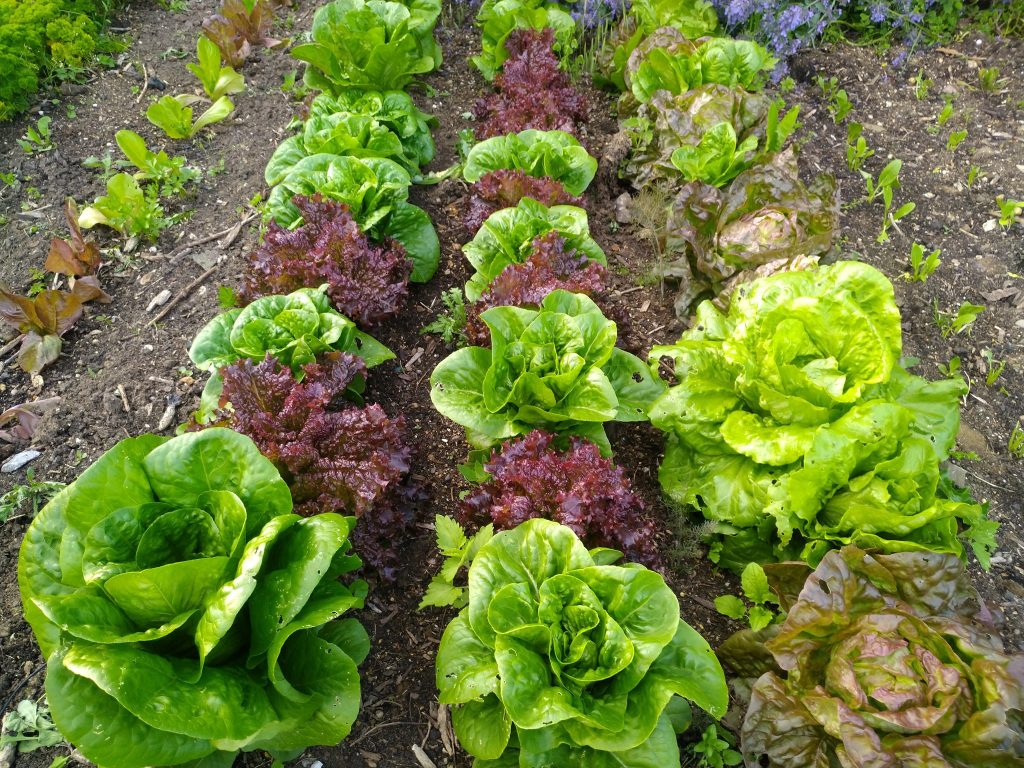
25. Buckwheat
Buckwheat is a low growing grain which was once a common, agricultural crop before commercial agriculture. This grain plant is still cultivated in some parts of Eastern Europe and favoured for its versatility. Being able to fix nitrogen buckwheat can be used as cover crop or green manure. It is highly favoured for its use as a nutritious animal feed and is also a good bee plant. Having edible foliage which can be eaten as spinach and edible grains makes buckwheat a super crop! This is one vegetable that would be of multiple uses to any self sufficient homesteader.
26. Corn
Corn is a large grain which originally comes from the Americas and produces large cobs packed with kernels. These can be eaten fresh, canned or dried with the added benefit of being able to make flour. The flour can be used to make tortillas which are a South American flatbread wrap. This extremely useful crop can also be made into oil with its bi-products useful for animal fodder and bio-fuel.
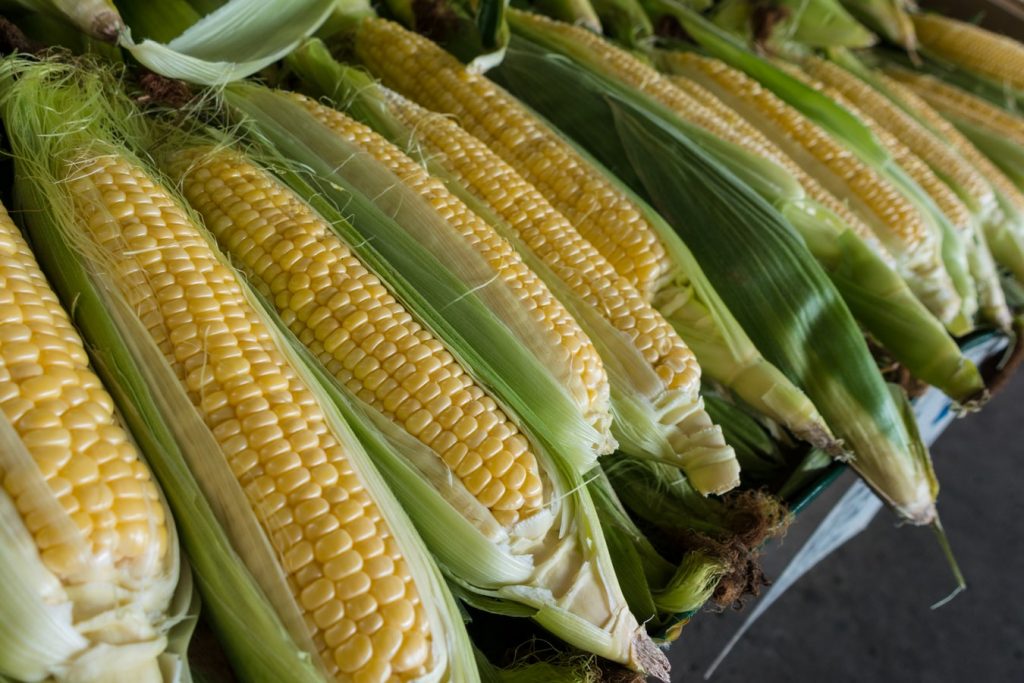
27. Chard
Chard is a much loved crop which is expensive to buy, versatile and hardy in the vegetable garden. This crop can be harvested as a spinach leaf and for its crunchy stems at the same time. One of the best ways to eat these is simply add them to stir fry’s. Chard can be grown in succession throughout the year and can survive for two seasons or more. It makes a hardy winter crop if you start young plants off in midsummer.
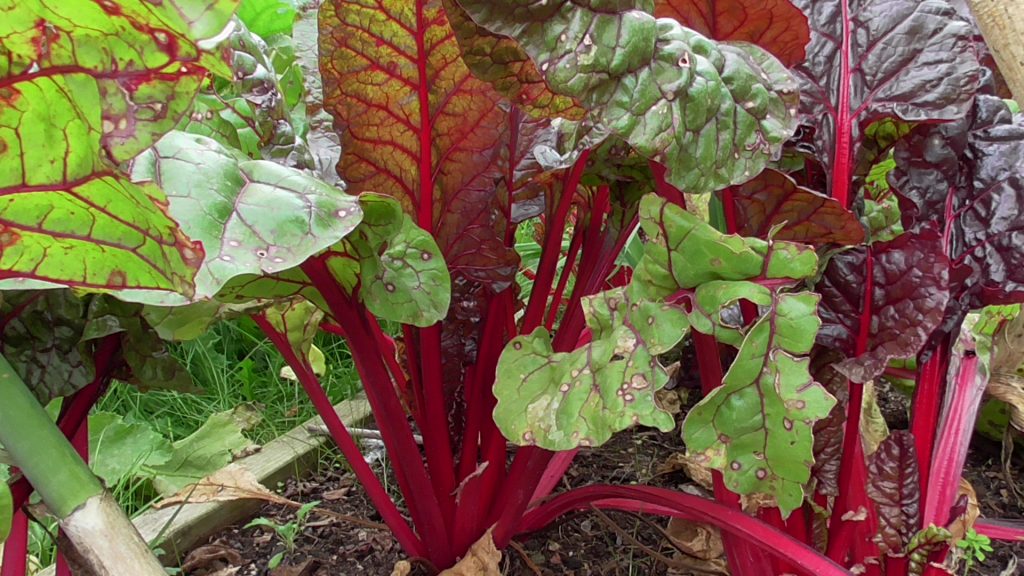
28. Onions
Onions are a staple in the kitchen and typically used for frying down for bases to soups, stews and curries. Onions can also be eaten raw in salads or added to pickles and preserves. Started in spring these can form large bulbs which can be dry stored all winter. Onions can also be simply grown as a spring onion for early summer and autumn greens.
29. Garlic
Garlic is a very popular crop and added to all kinds of recipes including meats and sauces. These are another hardy crop that can be planted in the autumn for midsummer crops. For self sufficiency purposes these can be allowed to form ‘naturalised groupings’ for a wild harvest. Like onions these can also be dry stored in an airy place outside.
30. Beans
Beans are an extremely diverse group of vegetables which are perfect for self sufficiency. Firstly beans can fix nitrogen which means they add essential nutrients to your soil. They come in good tolerances for varying climates from drought resistant to cold hardy. Beans have very attractive flowers which bees love and can make use of vertical space with structures. The beans themselves are very nutritious and when dried can store for years.
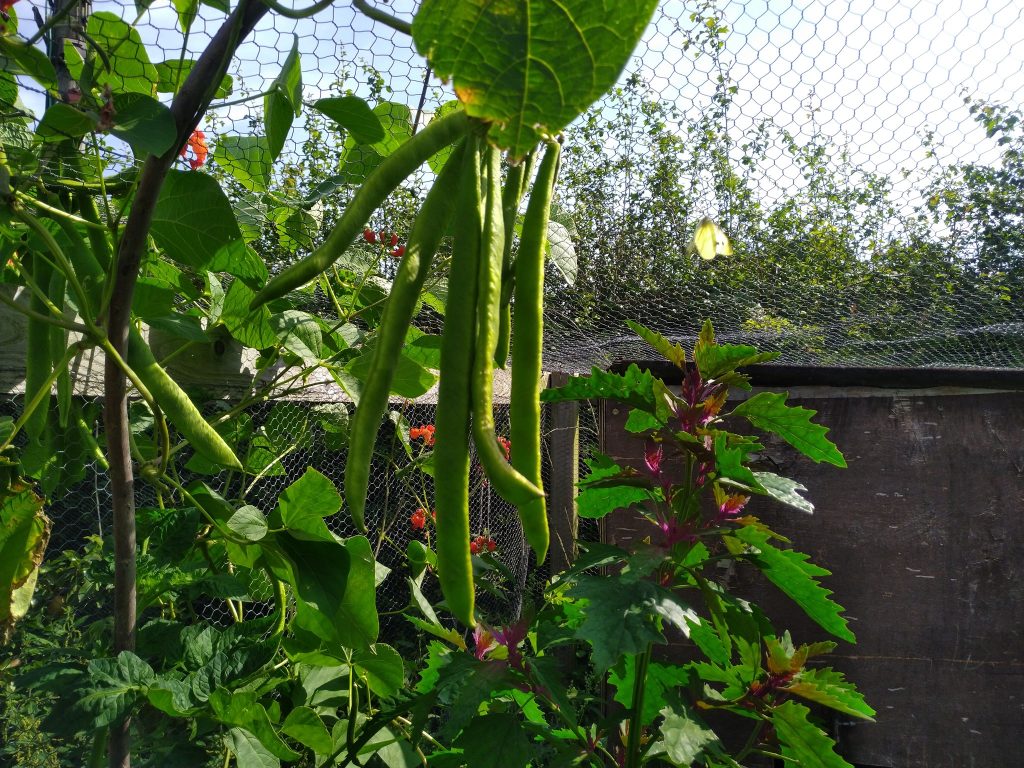
31. Tomato
Tomatoes are one of the most widely used vegetables in existence today, although they are technically a fruit. It is hard to imagine what the old world did before their introduction from South America centuries ago. Today tomatoes are everywhere used raw in salads and cooked in bases for sauces and stews. Tomatoes are relatively easy to grow although they grow better under glass. This wonder crop can produce large amounts of fruit which can be dried, canned, pickled or made into chutneys. Their wide range of uses makes them a staple of the self sufficient homesteader.
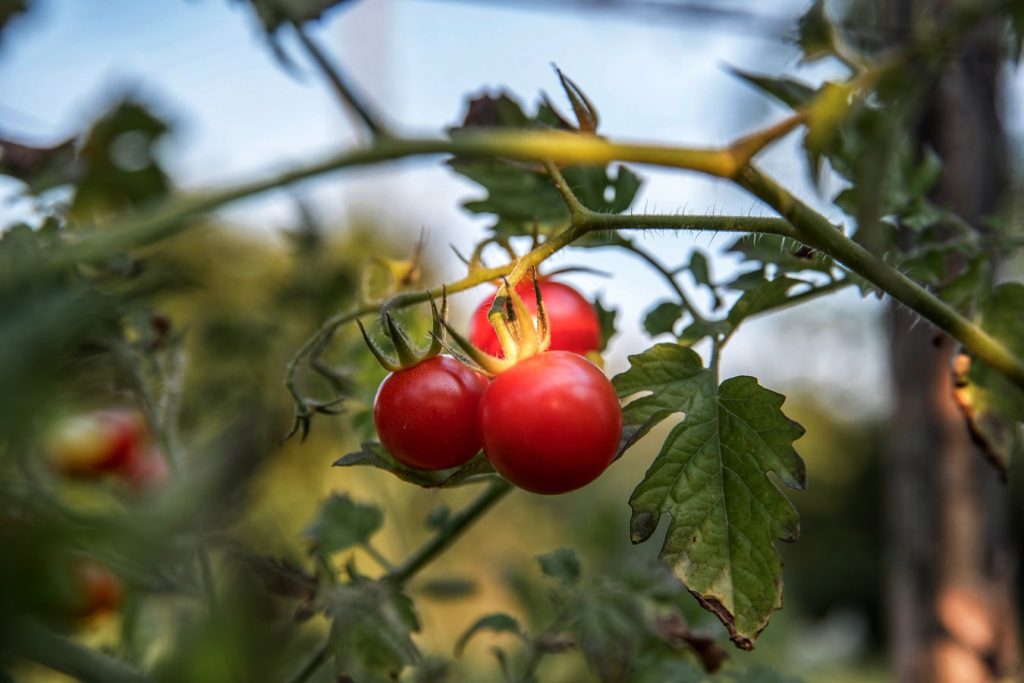
Thank you for reading our article on best vegetables for self sufficiency. Is there a vegetable that you use which we have left out? We would love to learn from you so feel free to comment.
Also you can subscribe to my YouTube channel below
Back to home

How Self Sufficiency and Homesteading can stop Climate Change
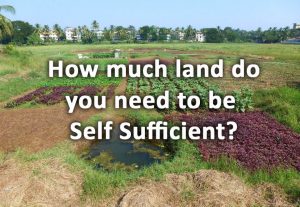
How much land do you need to be self sufficient?
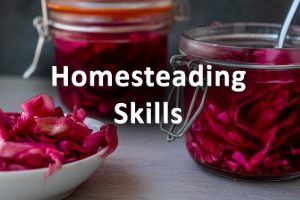
Homesteading skills, for Self Sufficiency

Homesteading Checklist for self sufficiency

A beginner’s guide to self sufficiency & its benefits
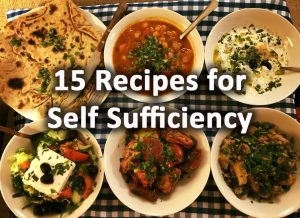
15 recipes for self sufficiency
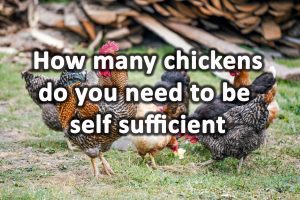
How many chickens do you need to be self sufficient?
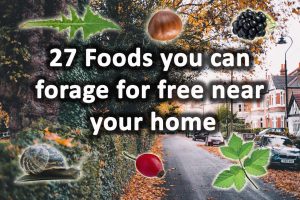
27 foods you can forage for free near your home
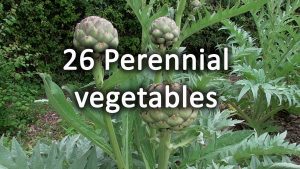
26 Perennial vegetables for the garden

Self sufficient homes

31 Homesteading projects
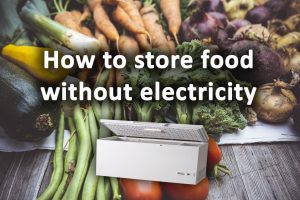
15 Ways to Store Food without Electricity

The best Climate for self sufficiency
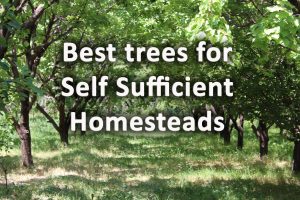
The most useful 22 Trees for a self sufficiency & homesteading
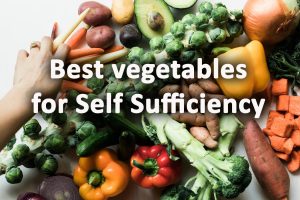
31 Vegetables for self sufficiency

What animals do you need to be self sufficient?

How to stop Climate Change with Crops – Crops for climate change
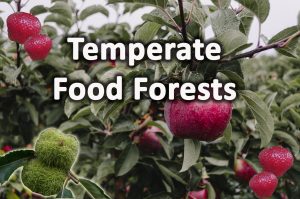
Temperate Food forests

32 Homesteading products for self sufficiency

10 Ways to Sustainably Heat Your Home

10 Ways self sufficient homesteading can be good for your health
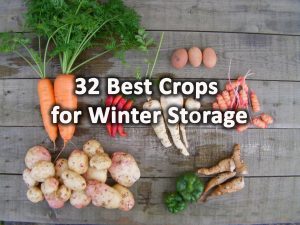
32 Best Crops for Winter Storage
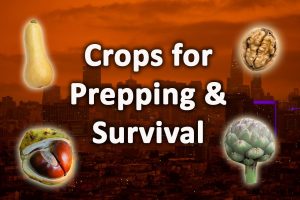
34 crops for prepping and survival
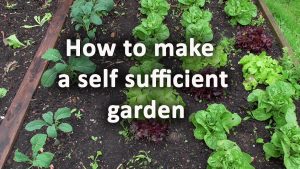
How to make a self sufficient garden
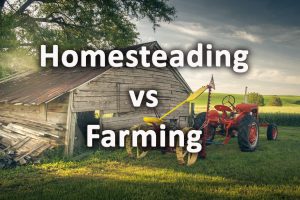
Homesteading verses farming what’s the difference?
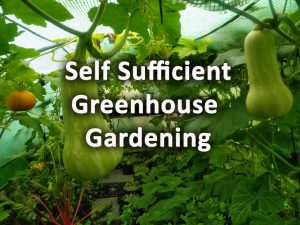
Self sufficient greenhouse gardening
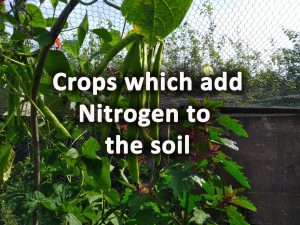
12 Crops which add nitrogen to the soil
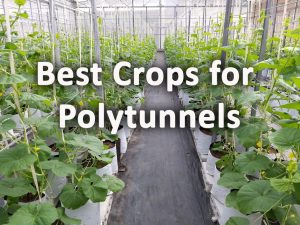
32 of the best crops for Polytunnels

12 Best Crops for Carbon Sequestration
